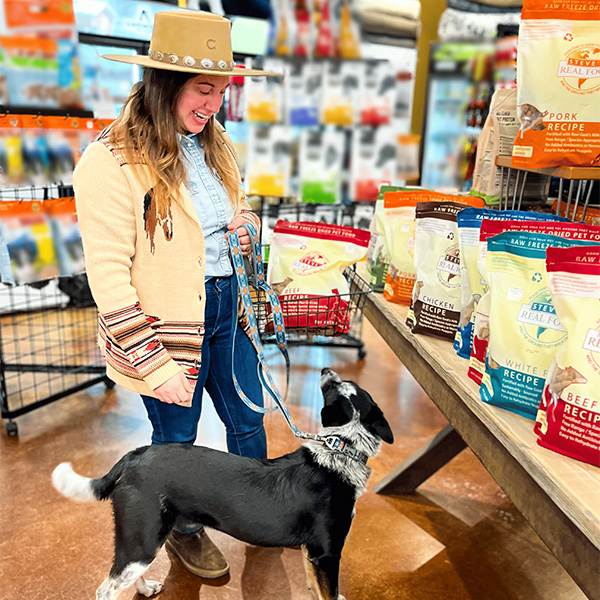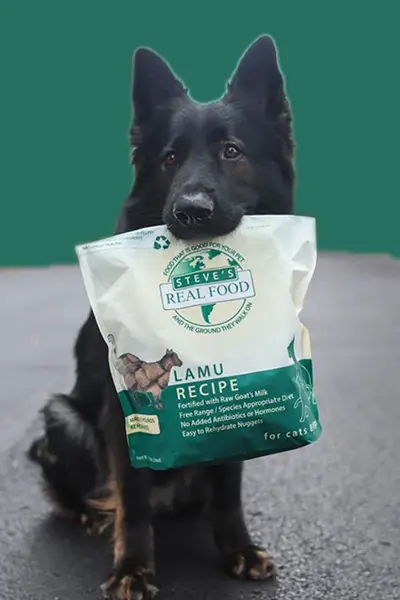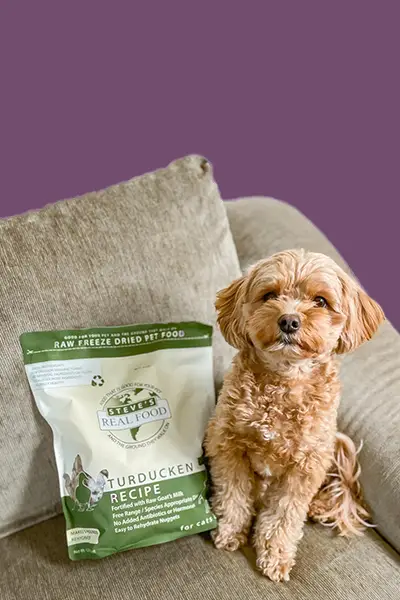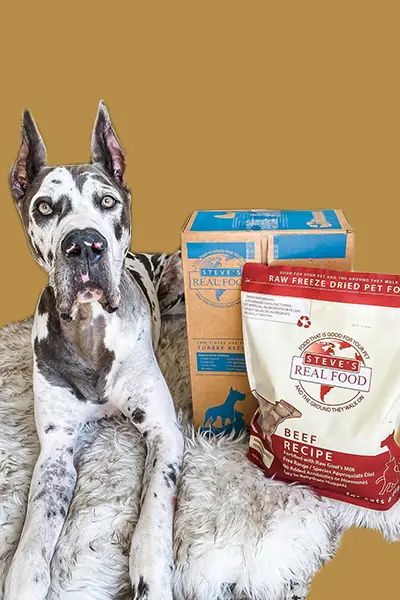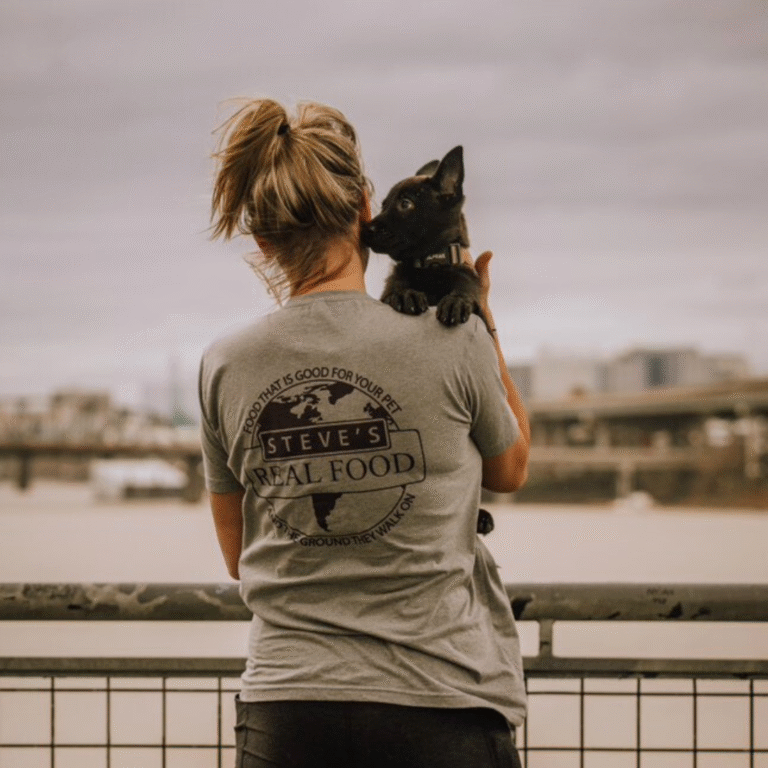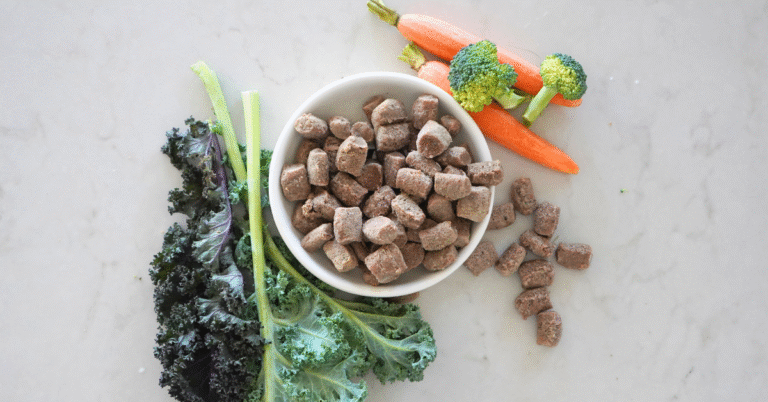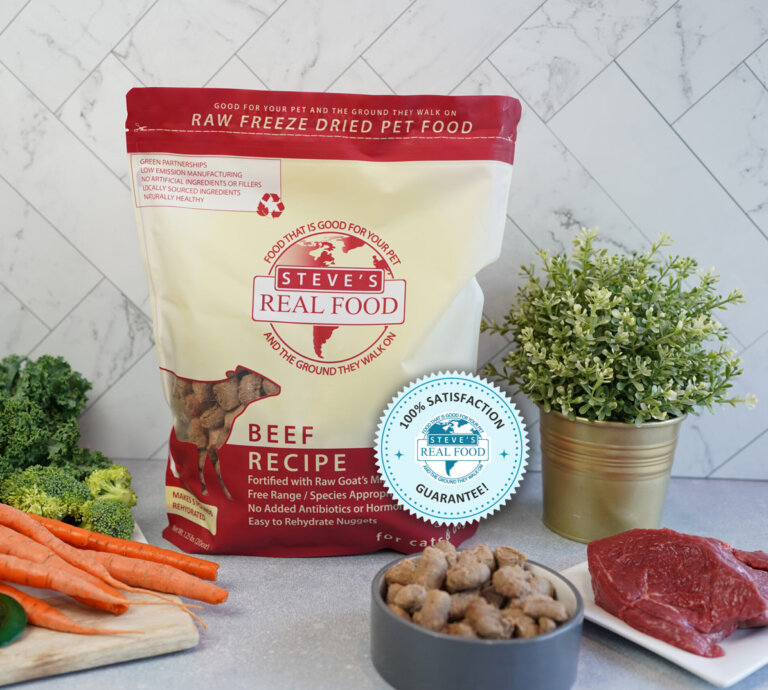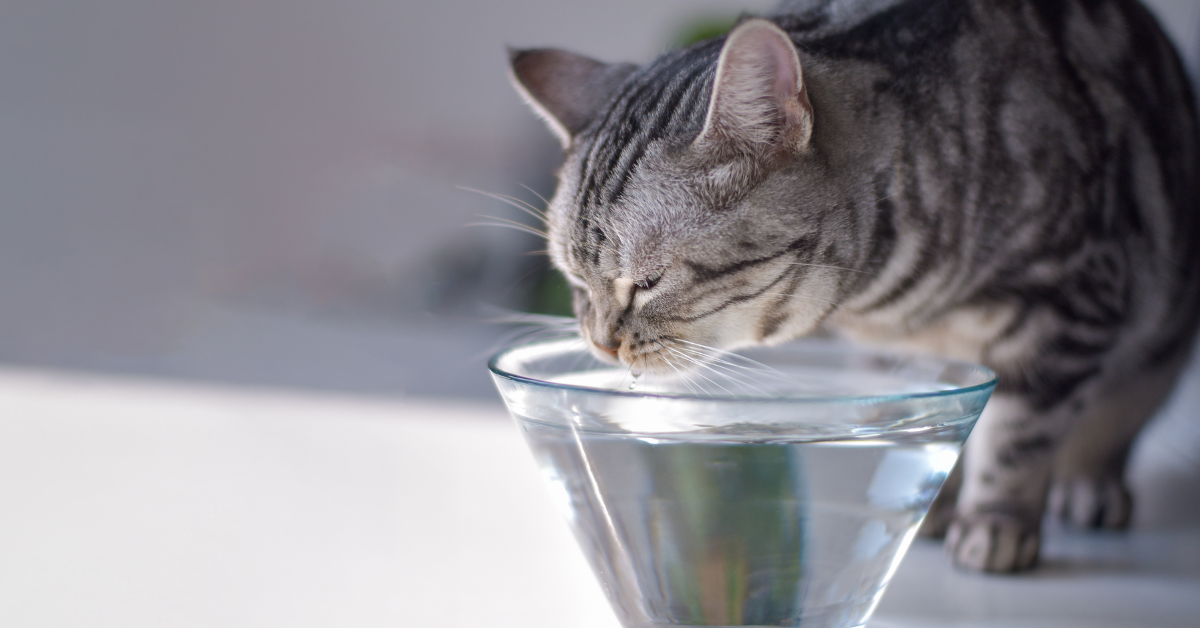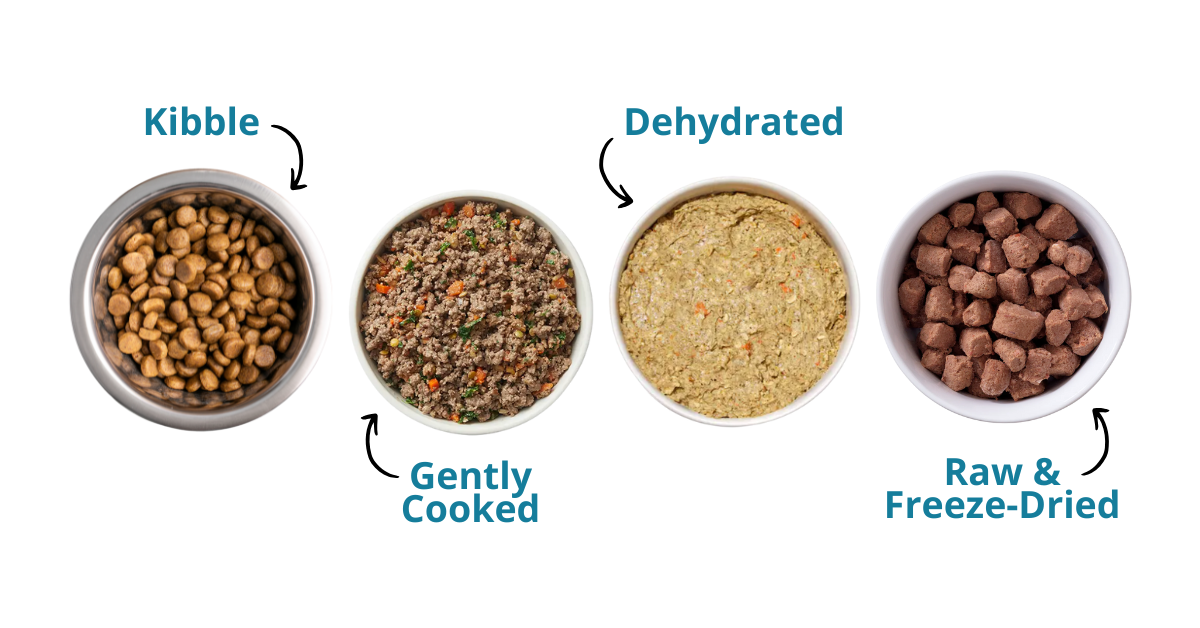Dehydration in cats is a very common problem in our house cats. If left unchecked, it can lead to some pretty serious health problems. Let’s break down how to spot the signs early, what to do about them, and how to support your cat’s hydration through smart choices, such as feeding a moisture-rich raw diet.
What Is Dehydration in Cats?
Dehydration occurs when a cat loses more fluids than it takes in. And it’s not just water loss we’re talking about—essential minerals like sodium, chloride, and potassium are also affected. These minerals are vital for your cat’s body. They help with muscle contractions, nerve signals, and maintaining balanced hydration.
Hydration plays a significant role in nearly every aspect of your cat’s health, from digestion and circulation to regulating body temperature and eliminating waste. Without enough hydration, everything starts to slow down—and in severe cases, shut down.
What Causes Dehydration in Cats?
At its core, dehydration is caused by a simple imbalance: not enough water going in and too much going out. But here are some of the specific triggers to look out for:
- Vomiting and diarrhea: These two symptoms quickly deplete your cat’s fluid reserves.
- Heatstroke and hot weather: Cats can overheat, especially during the warmer months or in poorly ventilated homes.
- Underlying conditions, such as diabetes or kidney disease, both increase fluid loss through urine.
- Fever or trauma: An illness or injury can cause your cat to lose or use fluids rapidly.
- Diet: Dry food often doesn’t provide enough moisture to keep cats hydrated.
Even things like stress or simply not feeling well can make your cat eat and drink less. And cats already tend not to drink enough water!
How Much Water Does My Cat Need?
A general rule: cats need about 3.5 to 4.5 ounces of water per 5 pounds of body weight per day. That means a 10-pound cat should be getting roughly 7 to 9 ounces of water daily.
If your cat eats primarily dry kibble (which contains only about 10% moisture), it’s much harder for them to meet their hydration needs. On the other hand, wet or raw food contains up to 70-80% moisture, making it a great way to support hydration naturally.
Signs of Dehydration in Cats
Cats are masters at hiding discomfort, which is why it’s important to know what signs to look for. Common signs of dehydration in cats include:
- Lethargy or low energy
- Dry or tacky gums
- Sunken eyes
- Loss of appetite
- Panting (rare but possible in severe cases)
Two easy at-home tests can also help you figure out what’s going on:
1. The Gum Test
Gently lift your cat’s lip and touch their gums. Healthy gums should be moist and slippery. If they feel dry or sticky, your cat might be dehydrated.
2. The Skin Tenting Test
Gently pinch the skin between your cat’s shoulder blades, then release. If the skin snaps back quickly, your cat is likely hydrated. If it takes a moment to return to place—or worse, stays tented—that’s a red flag.
Note: These tests can be unreliable in senior cats or those with chronic conditions, so always trust your instincts and call your vet if something feels off.
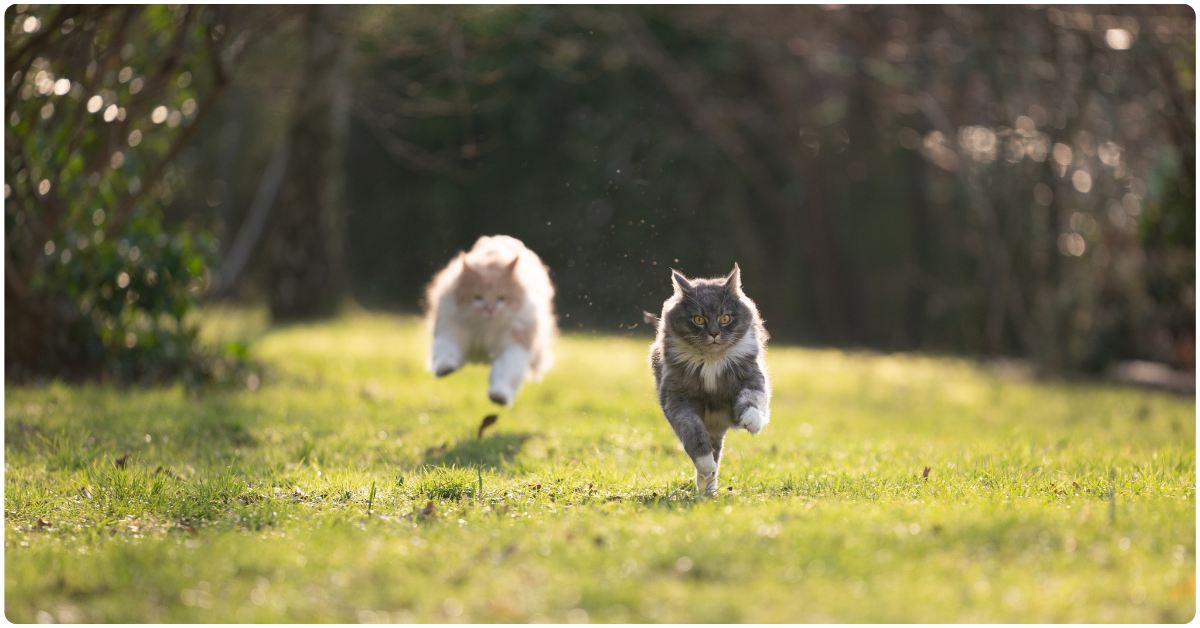
Why Dehydration in Cats Is a Big Deal
Even mild dehydration can make your cat feel unwell and sluggish. Severe dehydration can lead to complications like kidney failure, urinary tract issues, or even death.
Electrolyte imbalances can also impact how your cat’s muscles and nerves function. Without enough fluids, waste builds up in the bloodstream, and your cat’s body systems start to fail. That’s why vets take dehydration seriously and often recommend subcutaneous or intravenous fluids in more severe cases.
Some cats are more at risk, especially kittens, seniors, or those with health issues like diabetes or hyperthyroidism. These cats can deteriorate rapidly if they become dehydrated, so it’s especially important to monitor their water intake closely.
How to Hydrate a Cat: What to Do If You Suspect Dehydration
First, don’t panic. If you suspect dehydration but your cat is still eating and drinking, try these steps:
- Offer fresh water in clean bowls placed around your home
- Add extra water or bone broth to your cat’s food
- Switch to a raw, moisture-rich diet
- Try a pet fountain, which encourages drinking with running water
If your cat is refusing to eat or drink, seems very weak, or is showing any extreme symptoms, get them to a vet immediately. Avoid using droppers or syringes unless your veterinarian has instructed you to do so—fluid entering the lungs by accident can lead to serious complications, such as pneumonia.
How to Prevent Dehydration in Cats
The best way to fight dehydration is to prevent it in the first place. Ensure your cat stays hydrated by:
- Feed high-moisture, raw food
- Keep multiple water sources accessible throughout your home
- Clean water bowls daily and refresh the water often
- Watch your cat’s behavior closely during hot weather or illness
Feeding raw is a proactive way to support healthy hydration. Our Quest line is species-appropriate for cats and contains 70-80% moisture. This supports not only hydration but also urinary health, kidney function, and digestion.
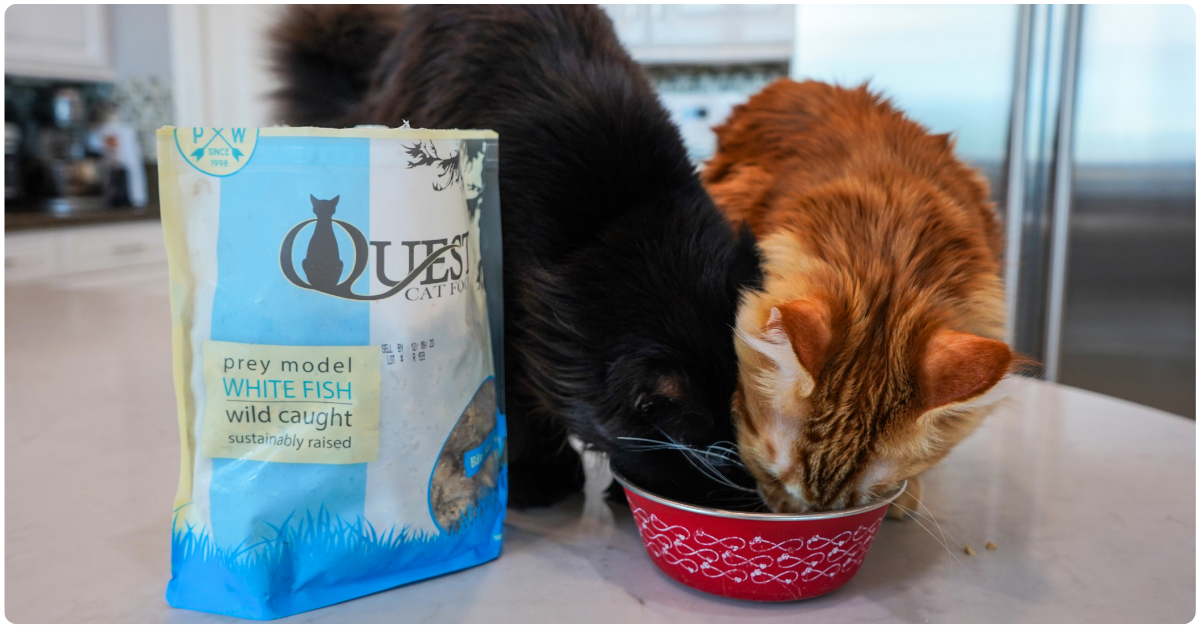
Keep Your Cat Happy, Healthy, and Hydrated
Learning how to tell when your cat is dehydrated can make all the difference in catching problems early and keeping your feline friend feeling their best. Hydration is at the heart of health, and supporting it doesn’t have to be complicated.
At Steve’s Real Food, we believe your cat deserves real, whole food that supports their well-being from the inside out. If you’re looking for a delicious way to boost hydration, shop our raw cat food online at RawPetFood.com or find a store near you today using our Store Locator.
 Beef
Beef Chicken
Chicken Whitefish
Whitefish Pork
Pork Lamb
Lamb Turkey
Turkey Turducken
Turducken All Protein
All Protein Beef
Beef Chicken
Chicken White Fish
White Fish Pork
Pork Lamb
Lamb Turkey
Turkey Duck
Duck All Products
All Products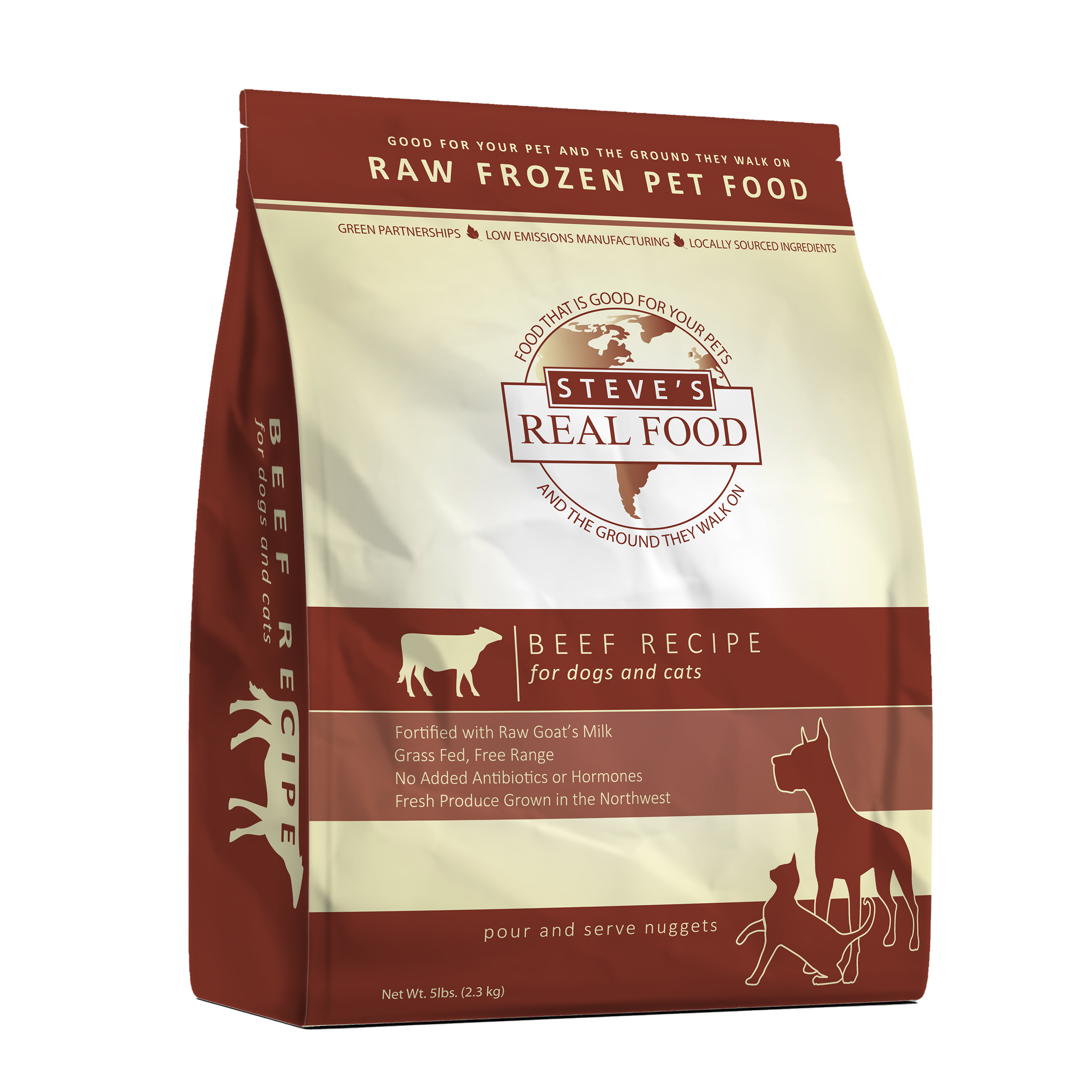 Frozen Raw Pet Food
Frozen Raw Pet Food
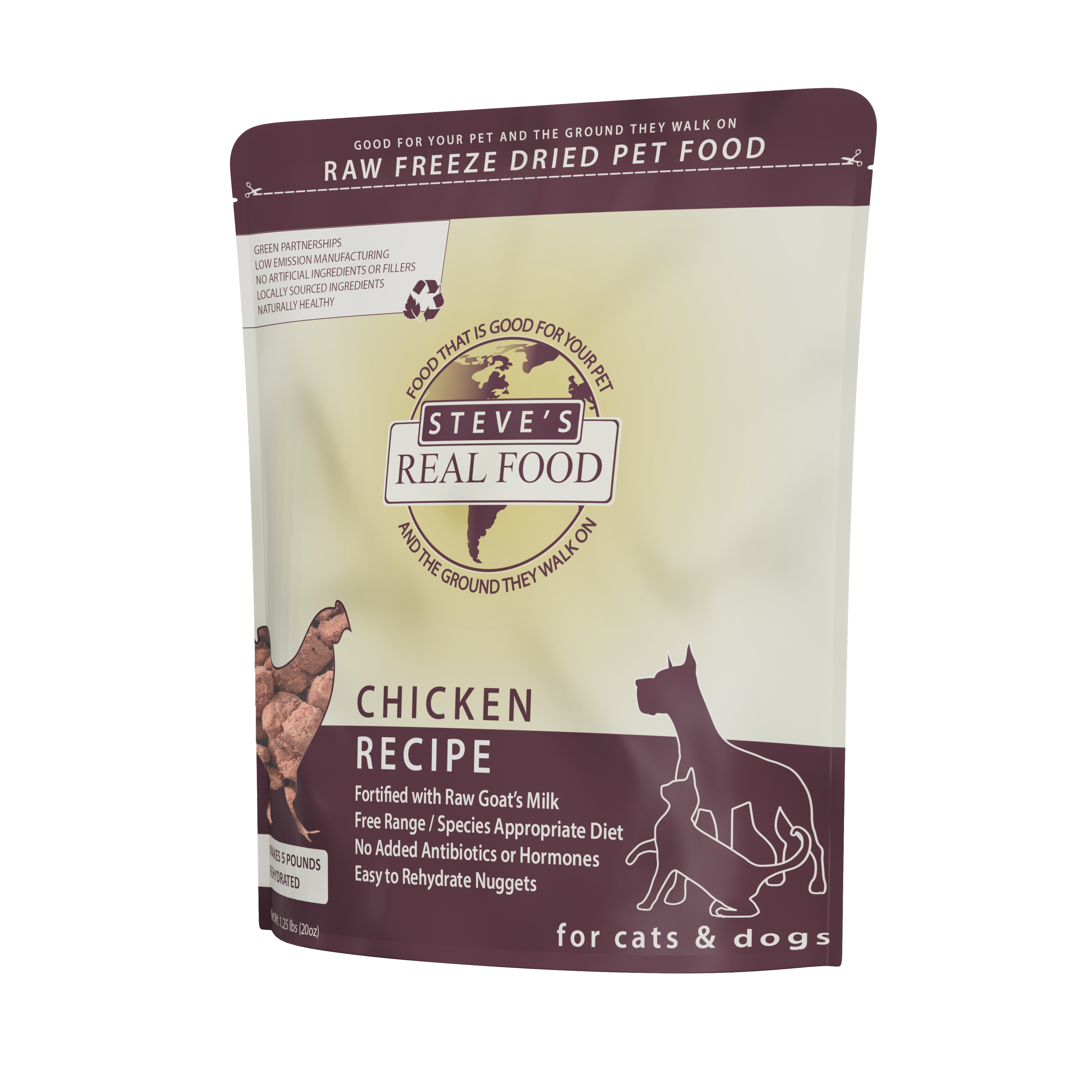 Freeze Dried Raw Pet Food
Freeze Dried Raw Pet Food
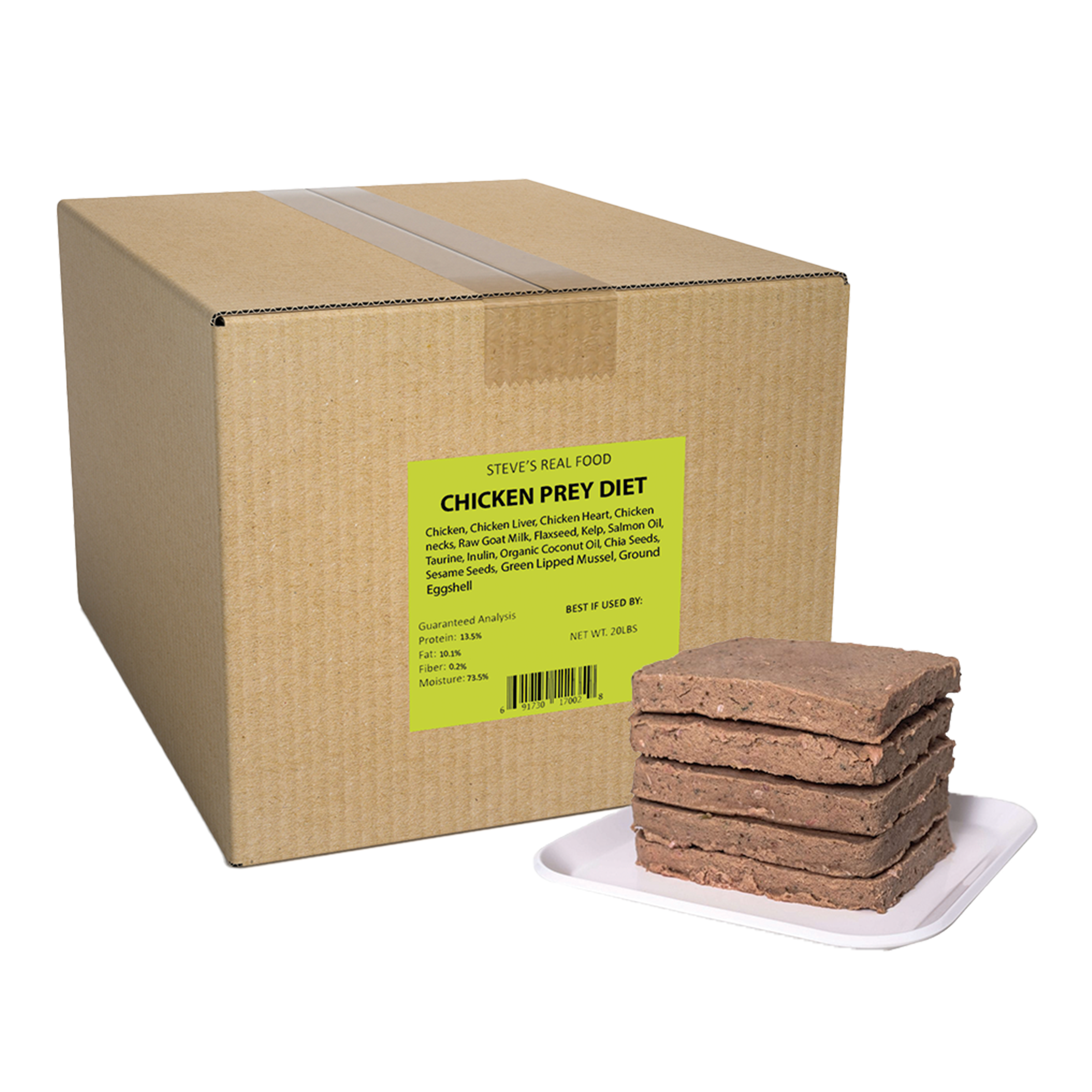 Frozen Prey Diet
Frozen Prey Diet
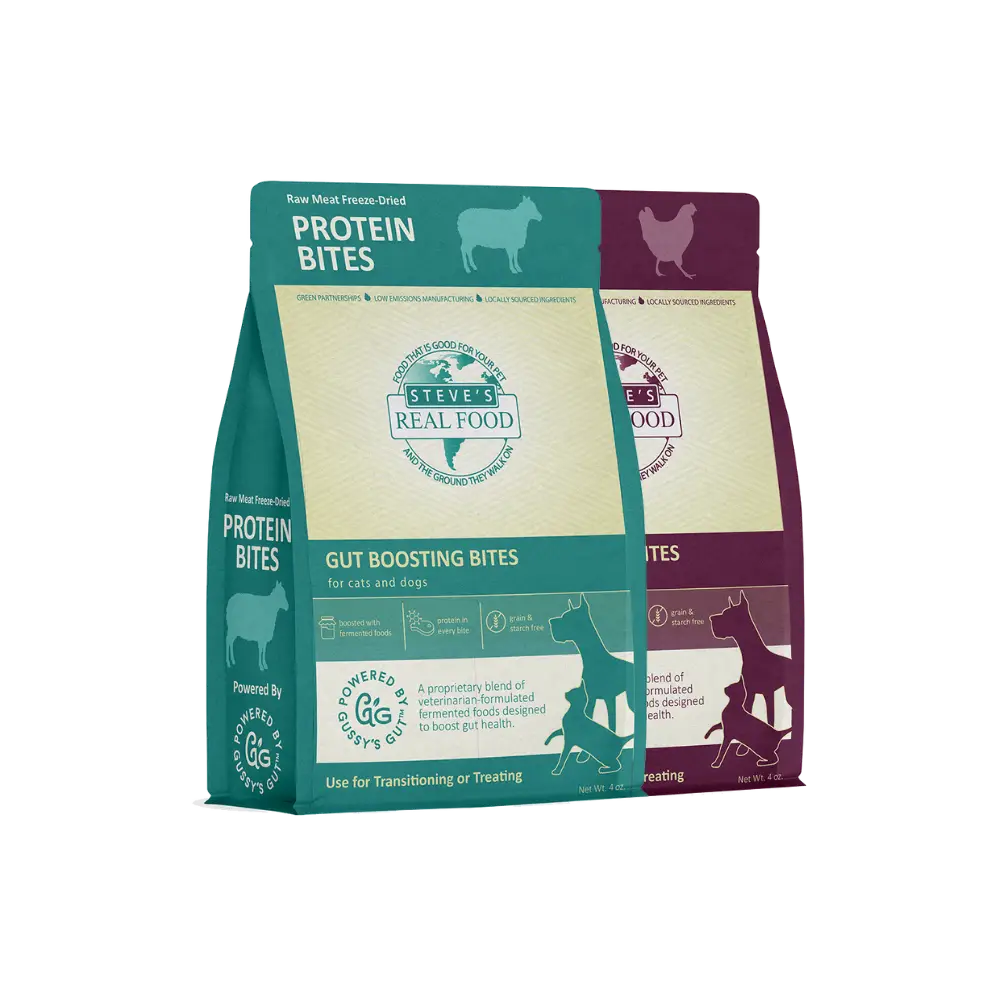 Freeze Dried Protein Bites
Freeze Dried Protein Bites
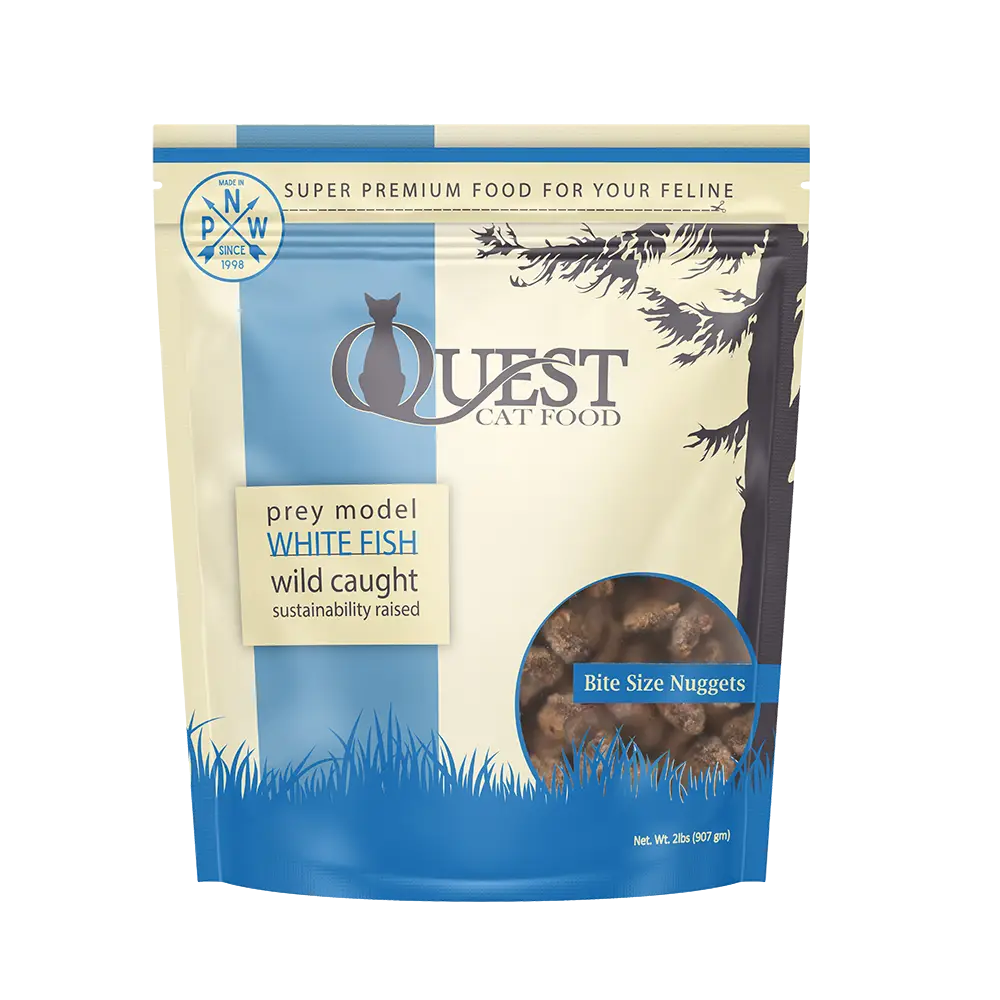 Frozen Quest
Frozen Quest
 Freeze Dried Quest
Freeze Dried Quest
 Eggs over Easy
Eggs over Easy
 Steve's Merch
Steve's Merch 